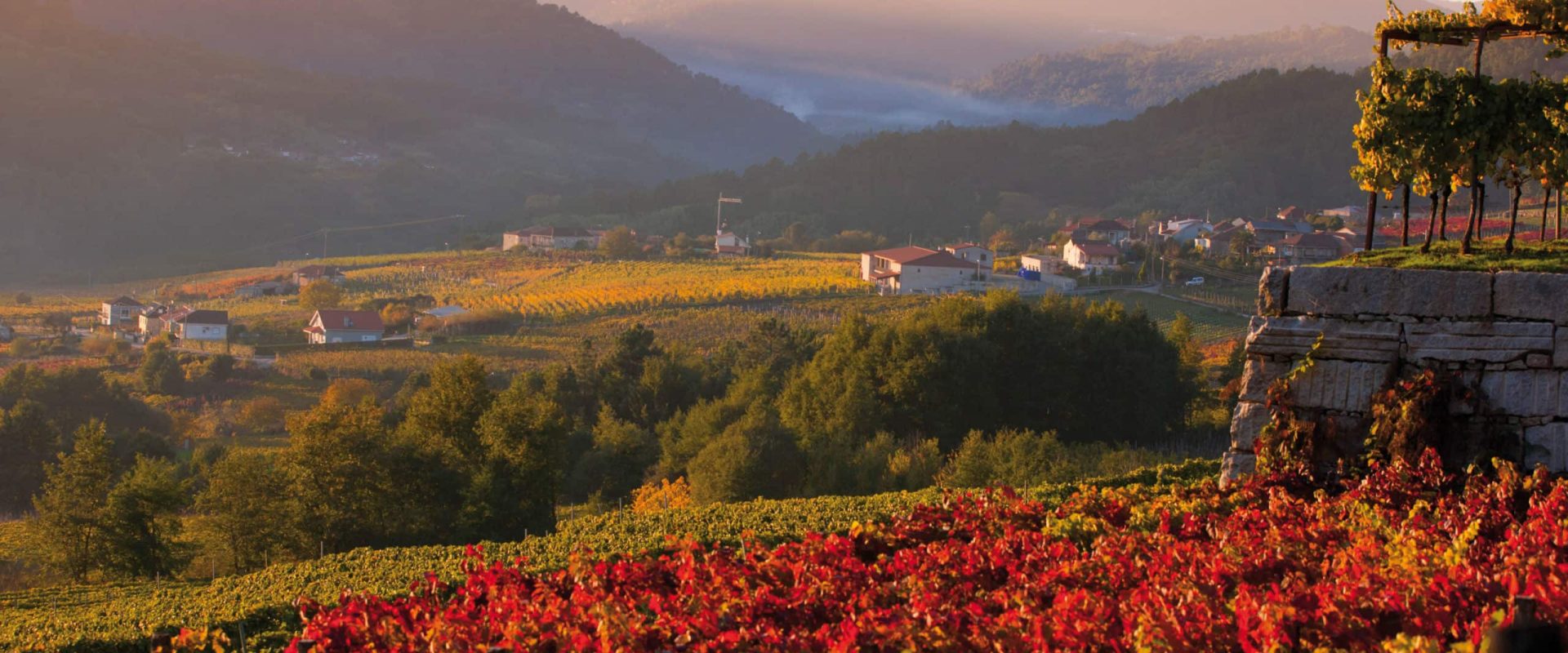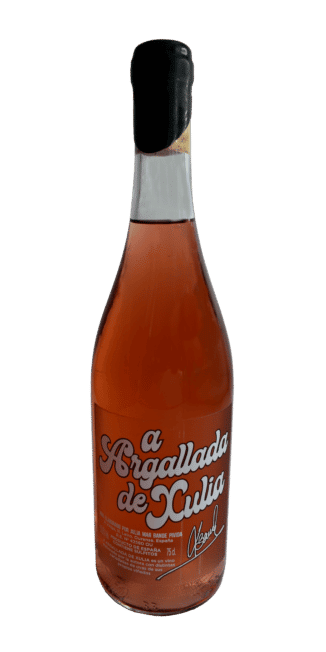galician
rosé wine
Galician rosé wine is highly appreciated in gastronomy, not only for its incredible flavour, but also for its fruity nuances. We must bear in mind that this type of wine comes from the early maturation of a red wine, but that it keeps a large part of all those properties that we like so much.
In addition, the result is a drink with a very impressive reddish colour and in the mouth, it has an acid character typical of local wines. Providing balance and freshness, making it one of the most precious elaborations.
In the past, none of the Galician appellations of origin supported this type of elaboration. But little by little it has been making a space in the product lists and has become one of the favourites.
So today, this land arouses interest and production is done in an artisanal way, taking care of all the details to obtain a magnificent result, which we can enjoy at the table.






